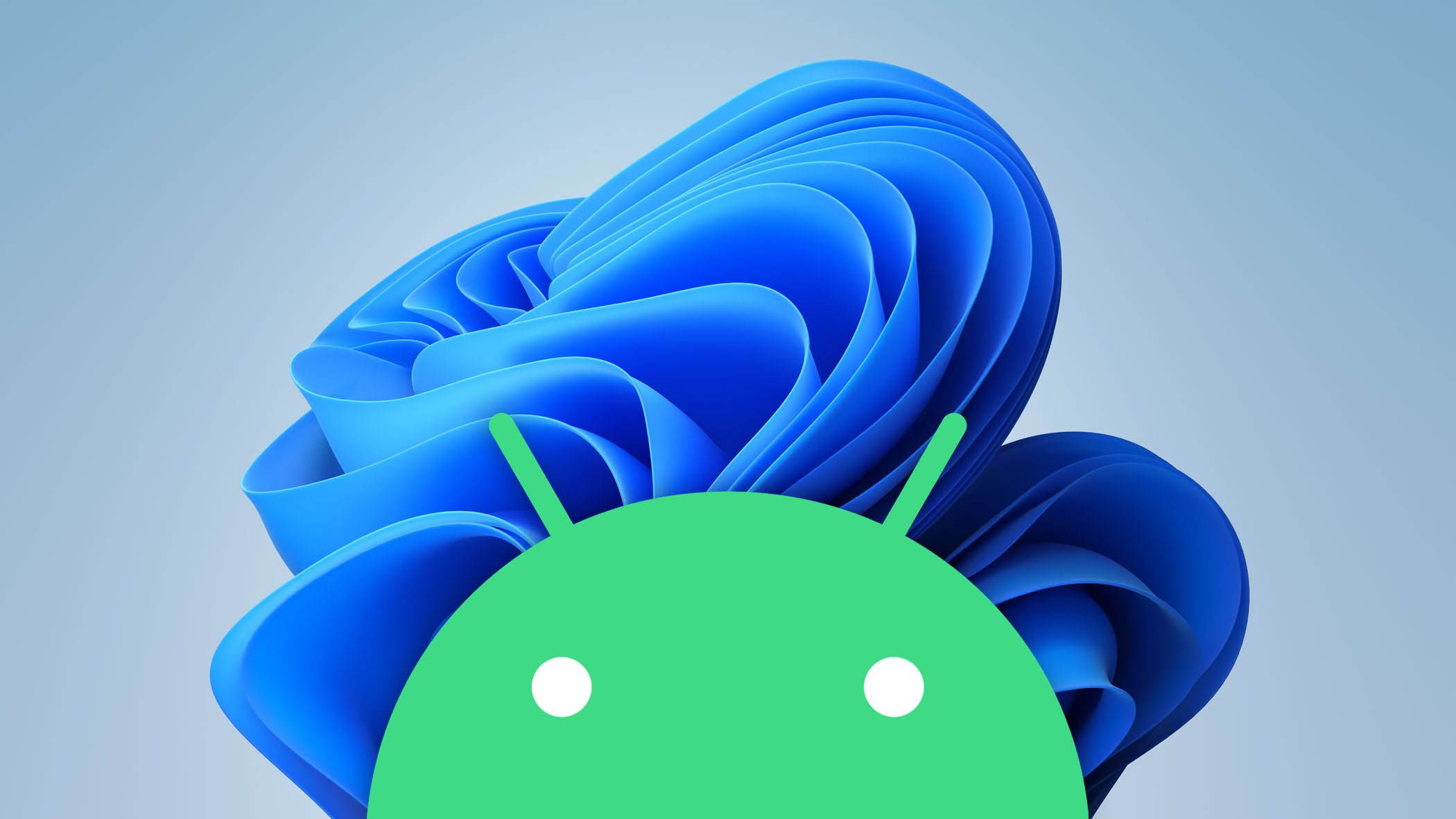After years of waiting, Windows 11 finally allowed Android to play well with Microsoft’s OS for computers. The Windows Subsystem for Android (WSA) is still limited in availability, but the people who have access are seeing a steady influx of new features. WSA’s May update is here now, packing a version number bump, and three key improvements which power users are likely to appreciate.
Back when Android emulators were the only way to run an Android app on Windows, the VM-like setup process allowed limiting the system resources allocated to the virtualization. The May update for WSA (v2304.40000.5.0) finally breaks ground with the first of such measures — setting a cap on the RAM allocated to Android apps. You may not be able to define the number of processing cores for WSA, but it is a start, ensuring your multitasking experience isn’t impaired by memory-hogging apps.
Additionally, WSA now has Android App Link support, meaning Android apps can be launched directly from links in other apps — a feature we take almost for granted on stock Android. It allows users to click on, say, WhatsApp links in a Facebook Marketplace post and directly jump into a chat with the seller.
On the security front, the new WSA version packs two key improvements. First, standard-issue antivirus programs for Windows can now scan WSA apps for anomalies prior to installation. This is a step in the right direction considering the constant threat of malware, spyware, and trojans on Android. Second, Microsoft has also updated the underlying Linux kernel to version 5.15.944, bringing associated improvements to WSA.
This WSA update is already rolling out to Windows Insiders in the Beta, Canary, Dev, and Release Preview channels, in all the markets where WSA is available. Unfortunately, the geographic spread of this subsystem is quite limited, so only a small pool can test these improvements. Hopefully, Microsoft has bigger changes in the pipeline.

